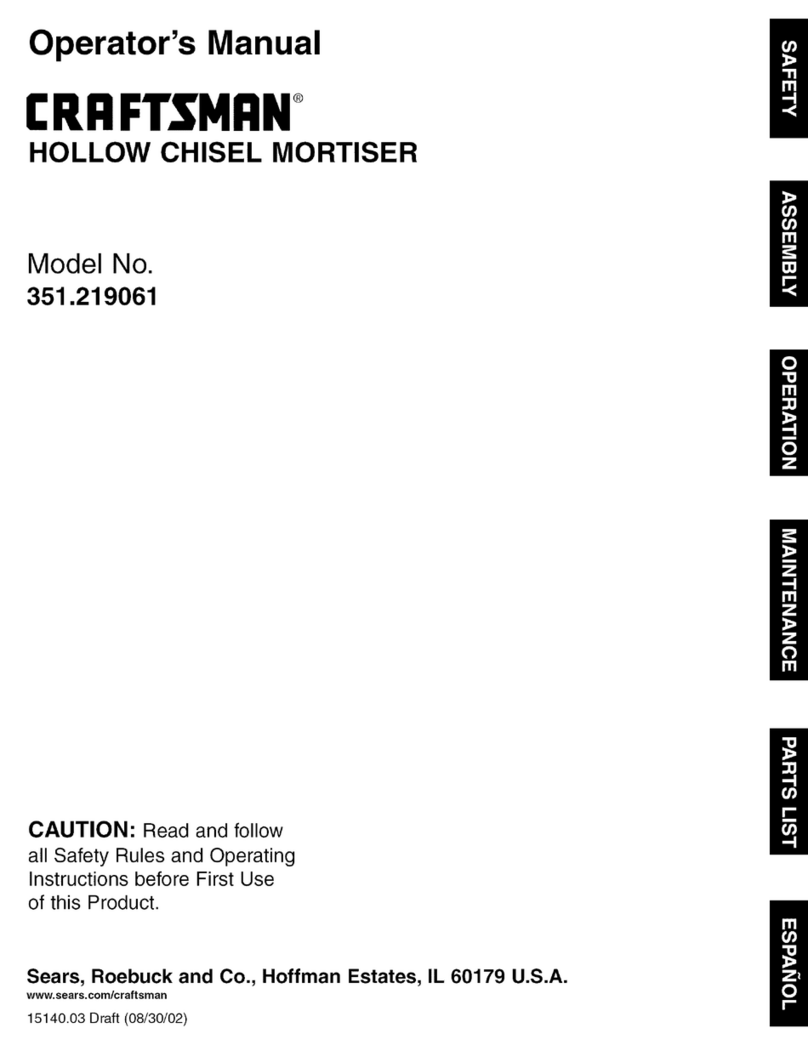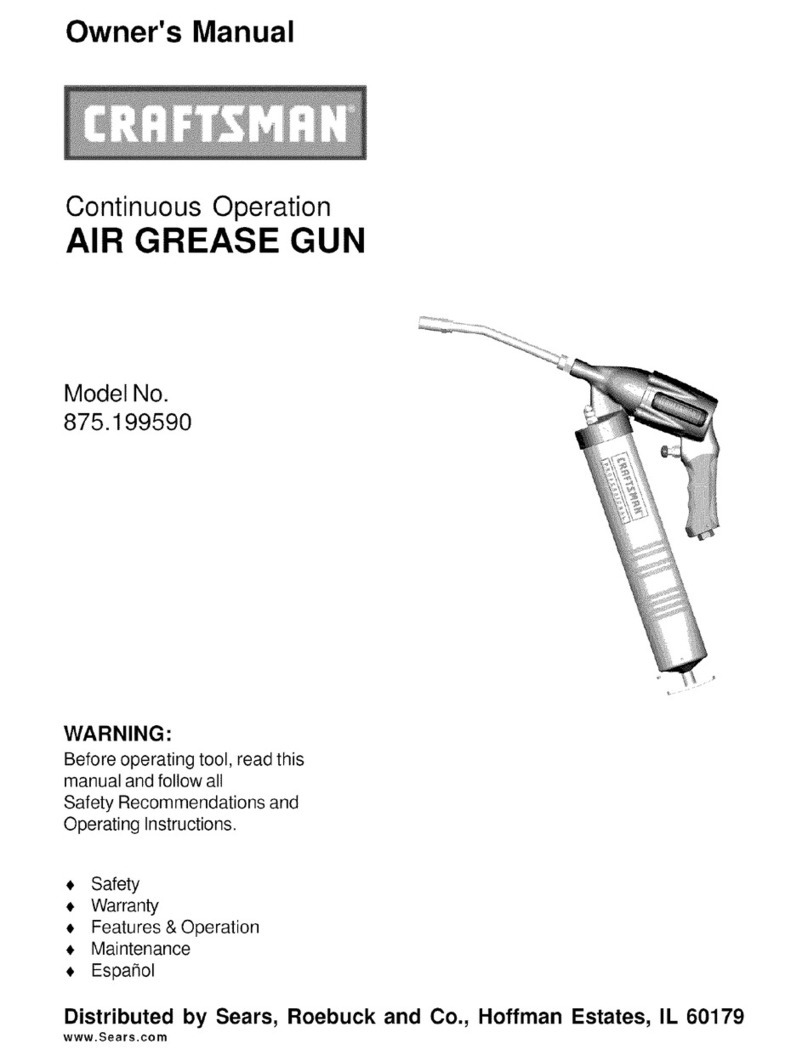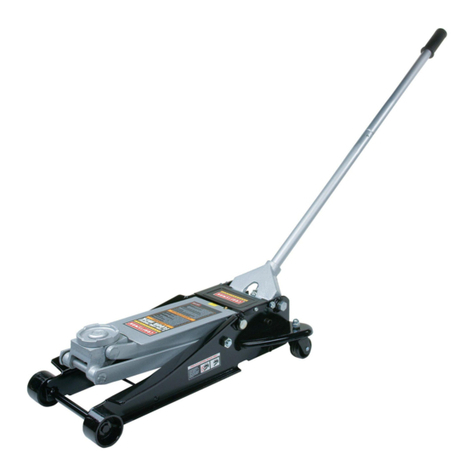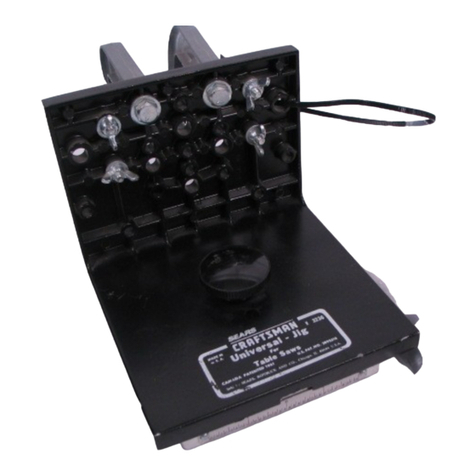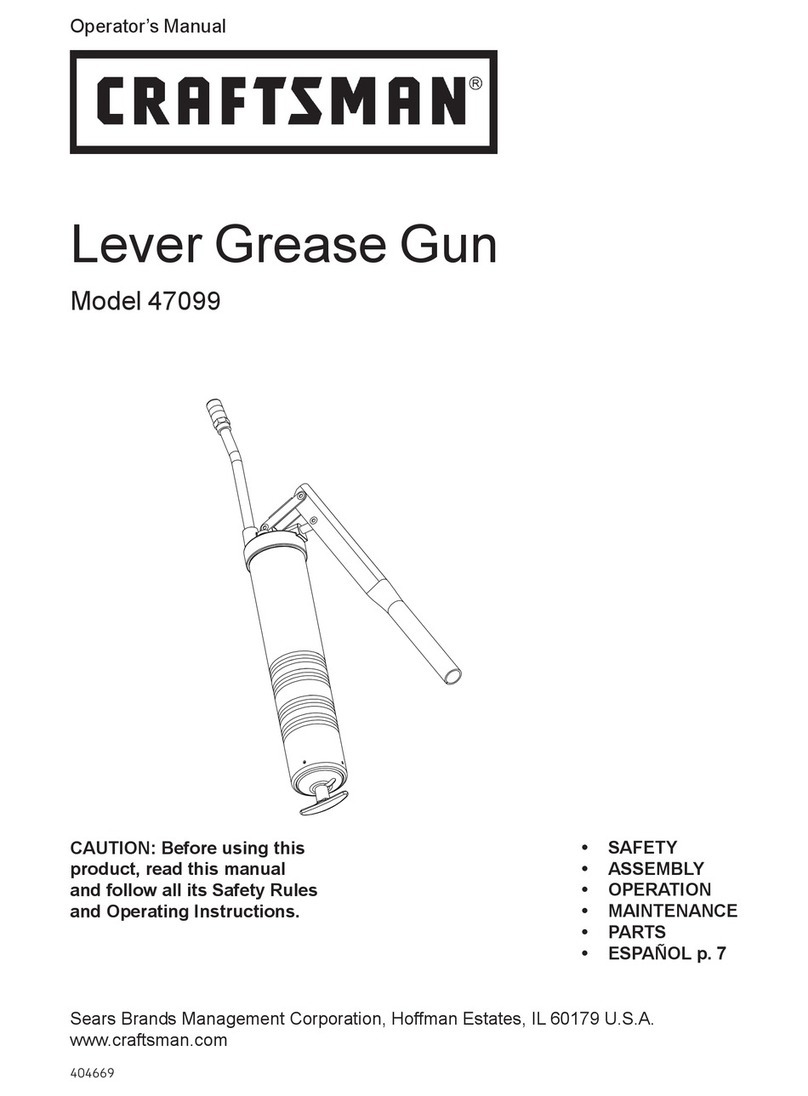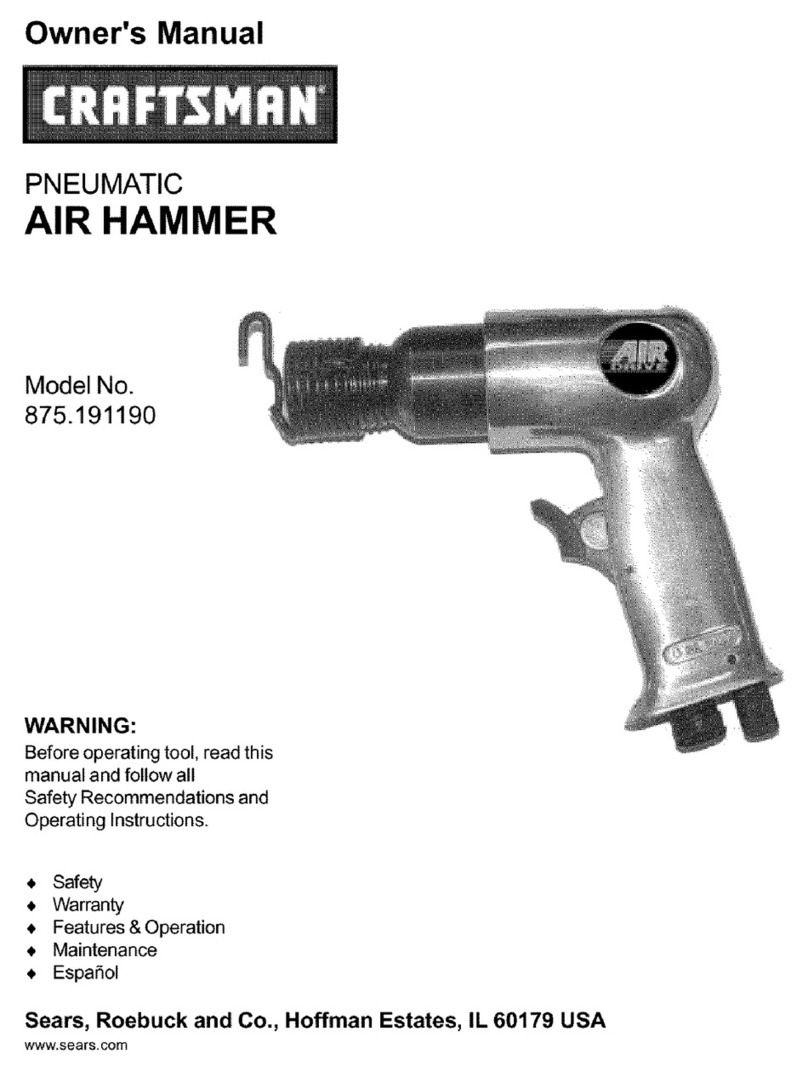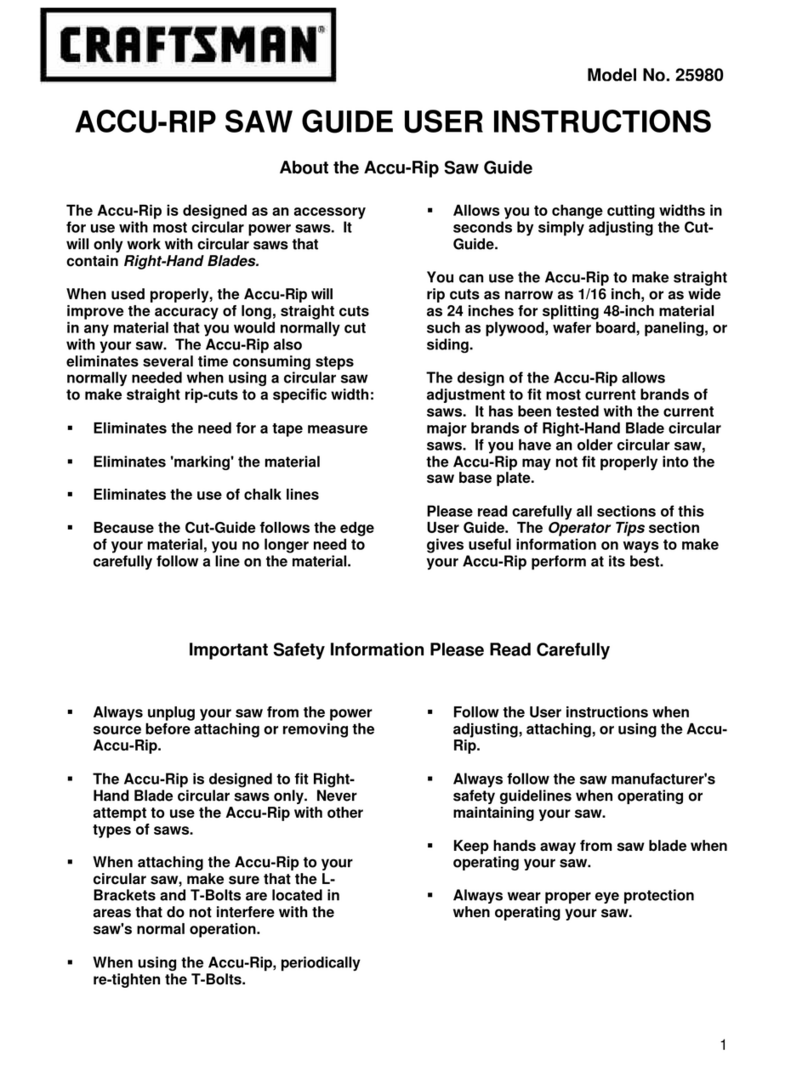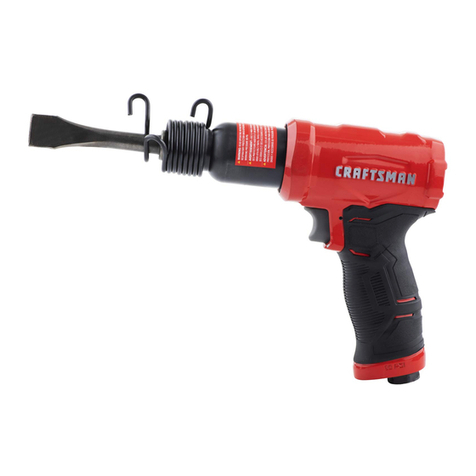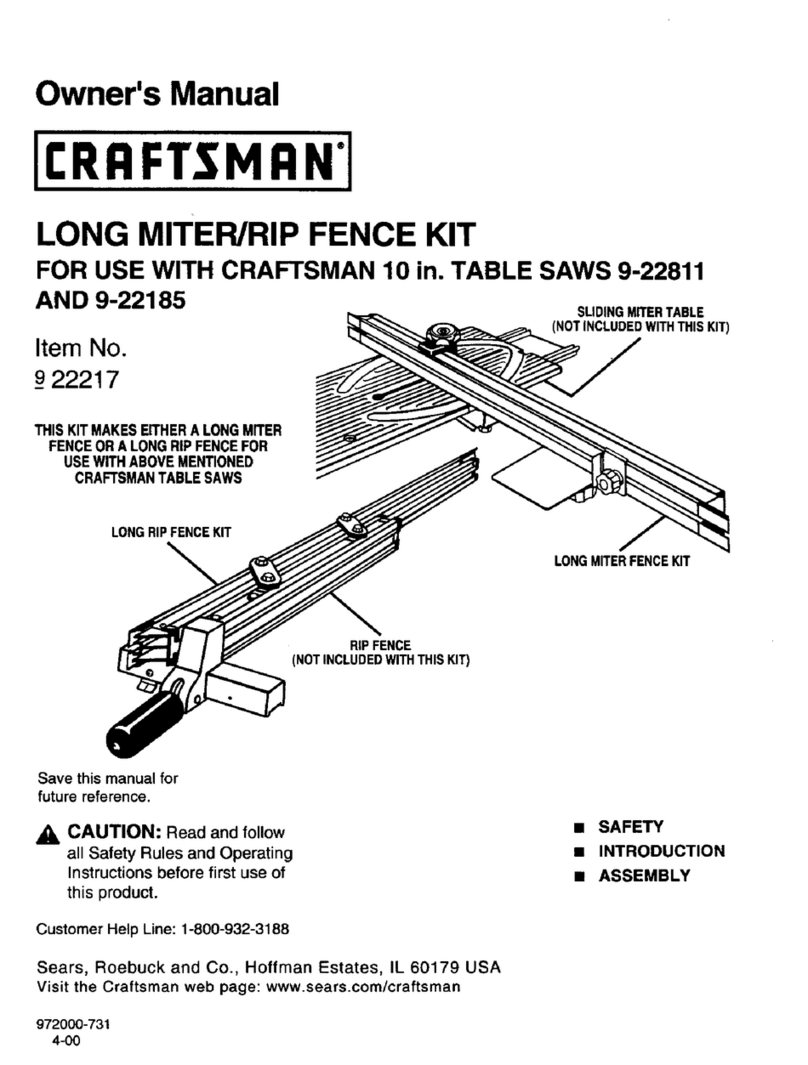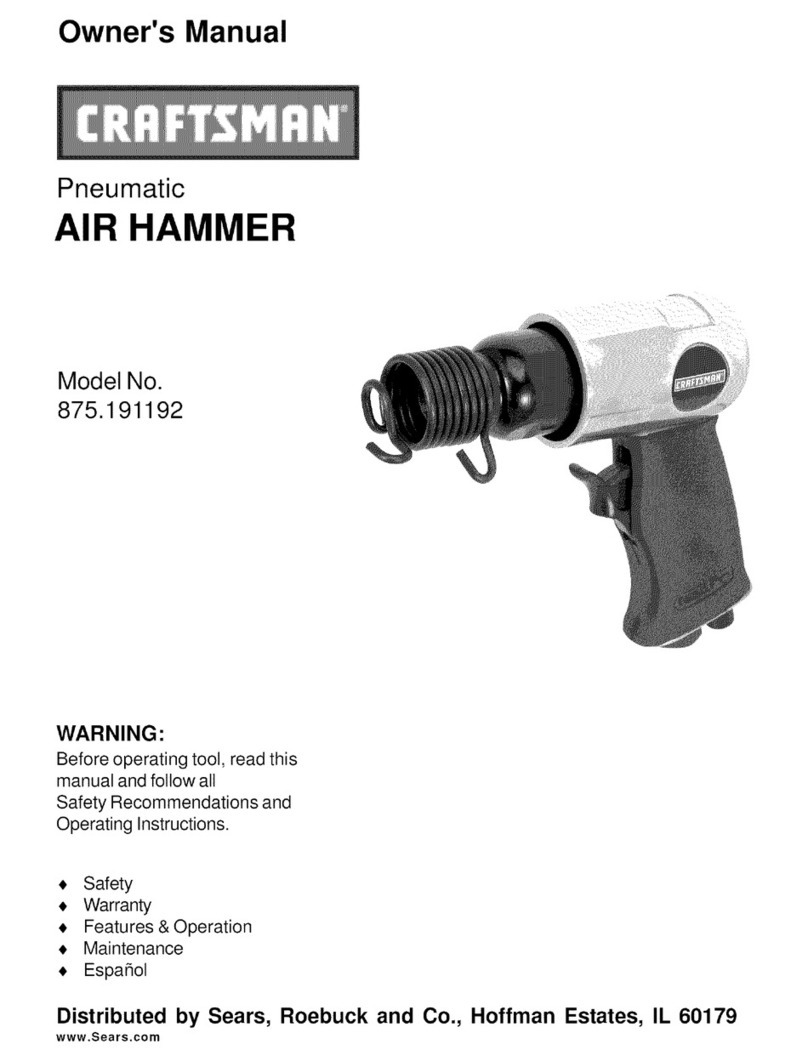16. Disconnect tools before servicing
Before servicing, when changing accessories
such as blades, bits, cutters, etc
17. Avoid accidental starting
Make sure swilch is in OFF position before plugging in
18. Use recommended accessories
Consult the owner's manual for recommended accessories
and follow the instructions The use
of improper accessories may cause hazards
19, Never stand on tool
Serious injury could occur if the tool is tipped or ff the cut_
ring _ootis accidentally contacted DO NOT store materi-
als above or near the tool making it
necessary to stand on the toot to reach them
20. Check damaged parts
Before further use of the Iool, any guard or other
part that is damaged should be carefully checked to
ensure that it will operate properly and perform its
intended function Check for alignment of moving
parts, binding of moving parts, breakage of parts,
mounting, and any other conditions that may affect
its operation A guard or any other part that is
damaged should be properly repaired or replaced
21. Direction of feed
: Feed work into a blade or Cutter AGAINST the
direction of rotation of the blade or cutter only
22. Never leave tool running unattended
Turn power OFF DO NOT leave tool until it comes
to a comptele stop
23. Keep hands away from cutting area
24. Store idle tools
When not in use, tools should be stored in dry,
high or locked-up place - out of reach of children
25. Do not abuse cord
Keep cord away from heat, oil and sharp edges
26. Outdoor extension cords
When tool is used outdoors, use only extension
cords suitable for use outdoors and so marked
27. Never use in an explosive atmosphere
Normal sparking of the motor could ignite fumes,
flammable liquids, or combustible items
28. Drugs, alcohol, medication
DO NOT operate tool while under the influence
of drugs, alcohol, or any medication
Read and Understand this instruction book
completely BEFORE using this product
1 Always wear eye protection that complies with
ANSI Standard Z87 1
2 Noise levels vary widely To avoid possible hearing
damage, wear ear plugs or muffs when using the
Dovetail Jig for hours at a time
3 For dusty operations, wear a dust mask along
with safety goggles
4 Do not use this Dovetail Jig with router bits or
guide bushings other than those specified for the
cuts being made
5 Follow the instructions in your Router Owner's
Manual
6 Vibrations caused by the router during use can
cause fasteners to become loose Before use and
periodically during use, check all fasteners to make
sure thatthey are all are tight and secure
7 Do net use this product until all assembly installa-
tion steps have been completed, and you have read
and understand all safeb/and operational instruc-
tions in this manual, and the Router Owners Manual
8 Make sure that the router bit is properly positioned
in the router so that it does not contact the guide
bushing or the template when cutting
9 The Dovetail Jig must be securely mounted to a
workbench or other stable surface when in use The
front of the base should overhang the front ofthe
workbench by no more than 1/4" to provide clear-
ance when clamping workpieces to the Dovetail Jig
10 Do not use the Dovetail Jig as a work surface
Doing so may cause damage to the Dovetail Jig,
which can cause it to be unsafe to use A workbench
should be used for this purpose
11 This product is designed to cut fiat workpieces
Do not cut or attempt to cut workpieces that are
not flat or that are irregularly shaped.
12 This product is to be used for cutting wood work-
pieces only Do not use this product to cut metal
or any other non-wood material.
13 This product has been designed to cut work-
pieces having thicknesses of 3/8" to 1" Do not use
Ior workpieces of any other thicknesses
14 Do not clamp any workpieces to the Dovetail Jig
or make any adjustments to the Dovetail Jig unless
the router has been turned off, the router bit is not
turning, and the Router has been disconnected from
the electrical outlet
15 When setting "the-depth-of-cut" of the router
bit, make sure that the workpiece is clamped to the
Dovetail Jig in such a manner that the router bit
does not cut into the Dovetail base causing dam-
age to it or possible serious injury to you.

